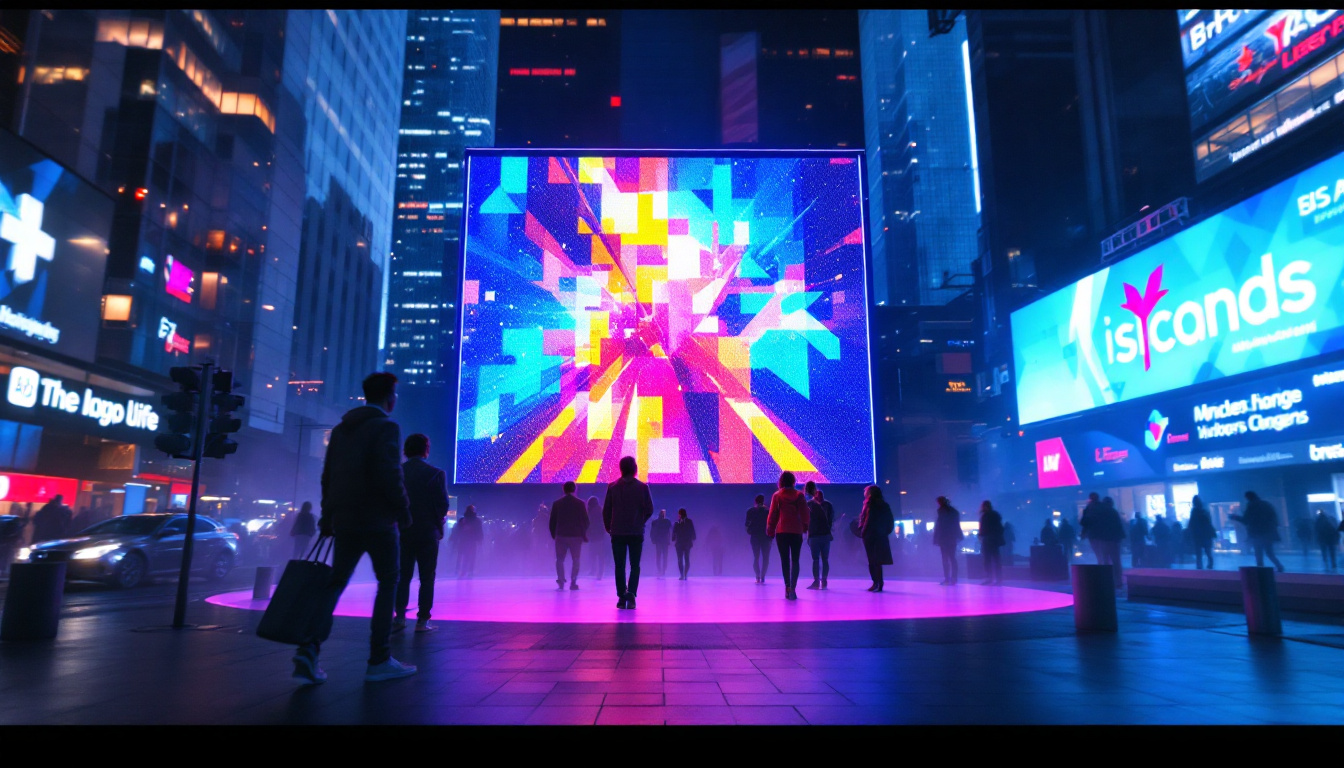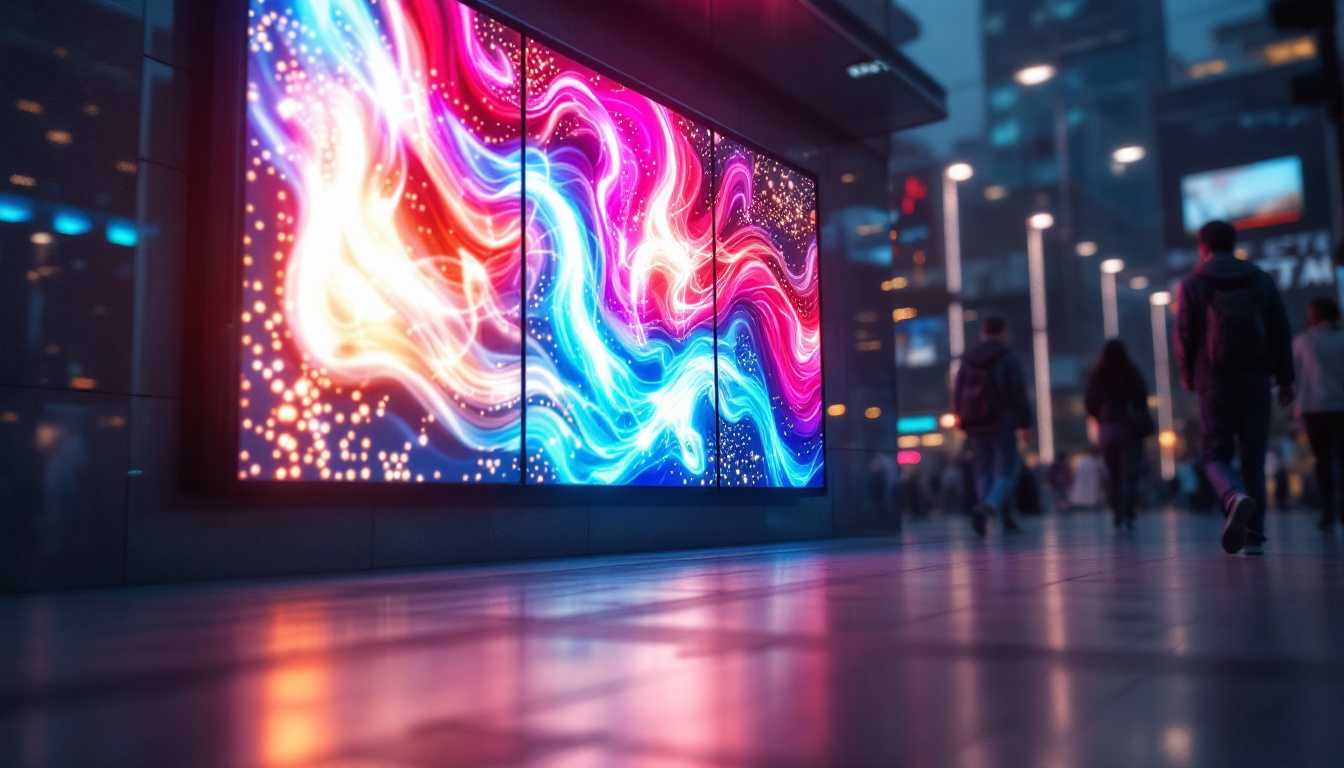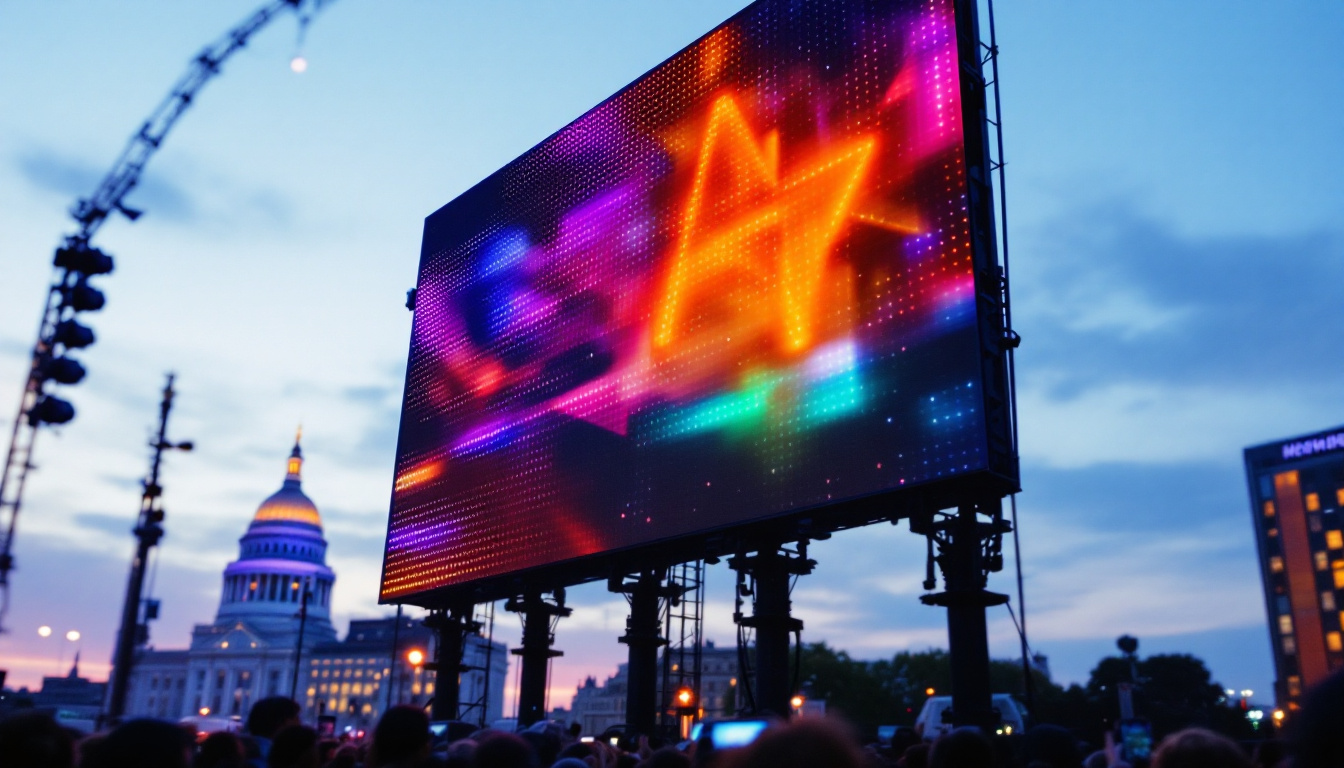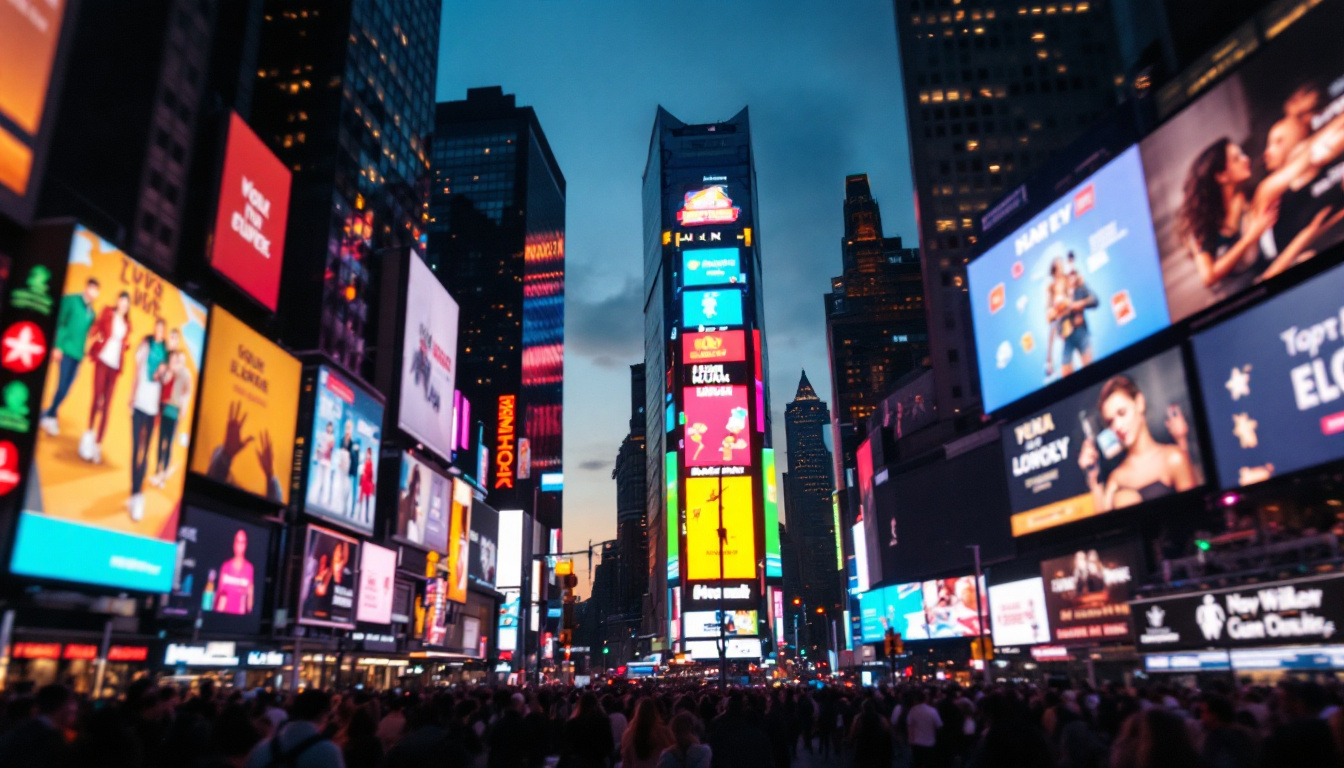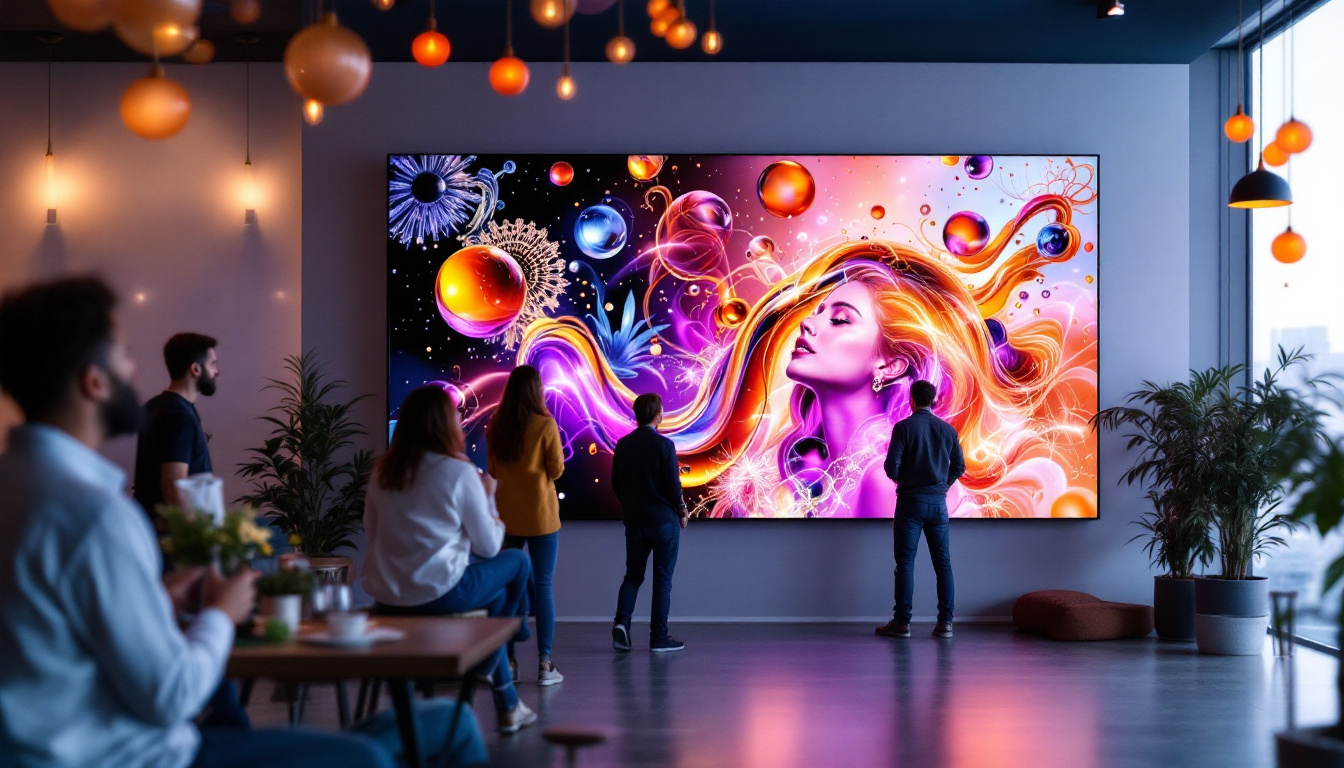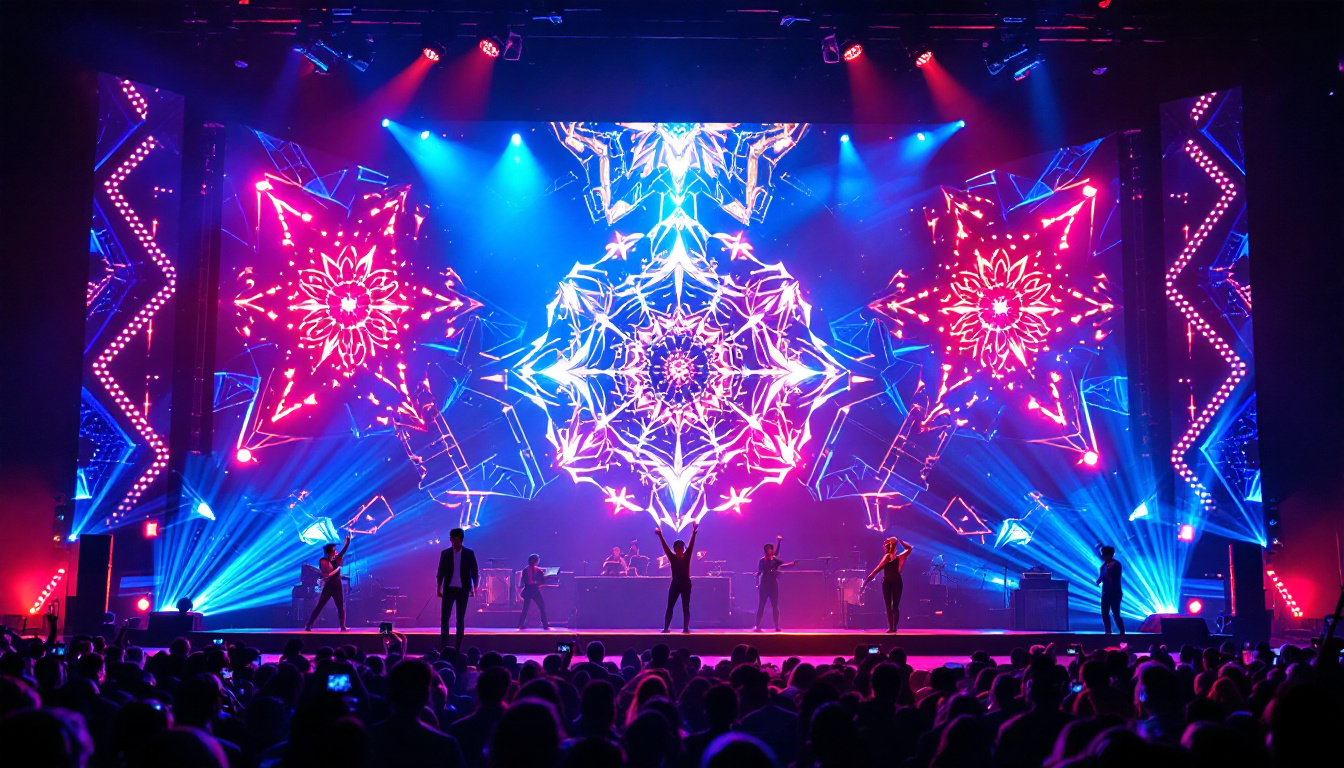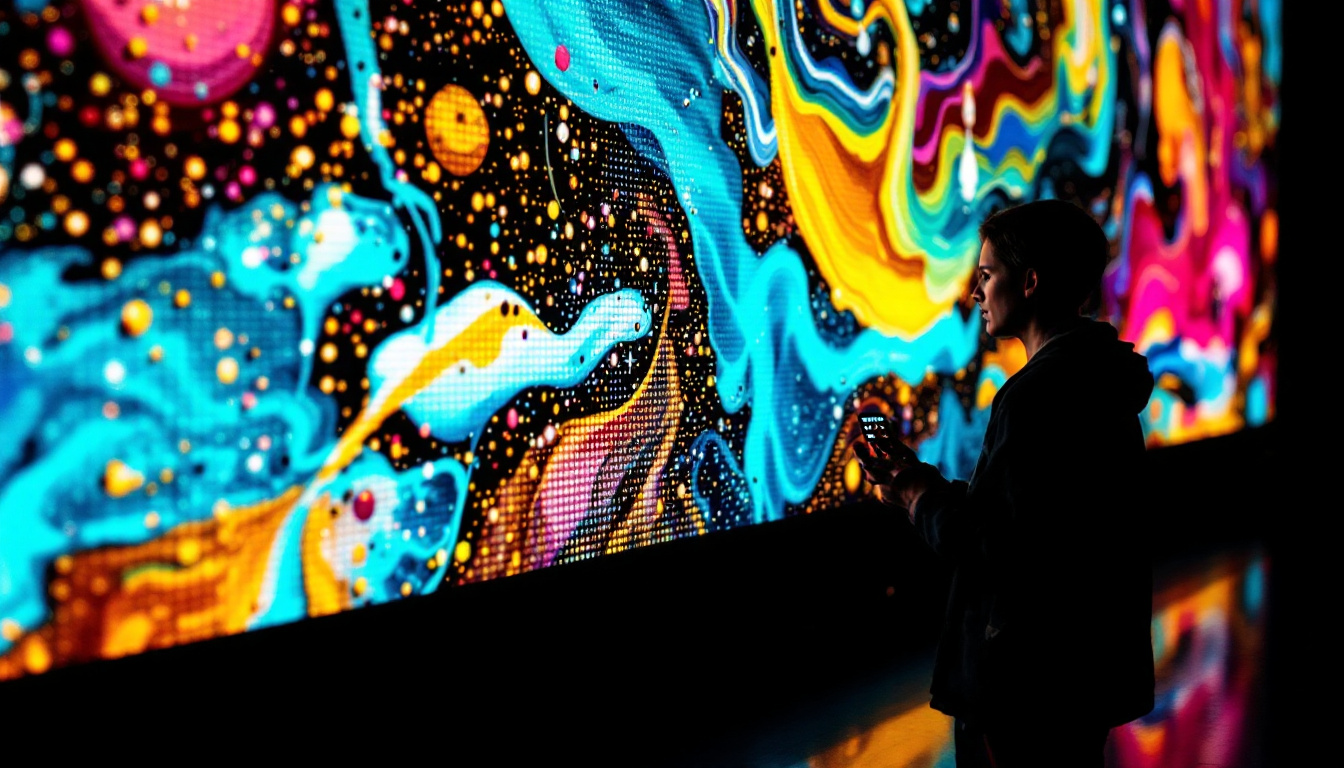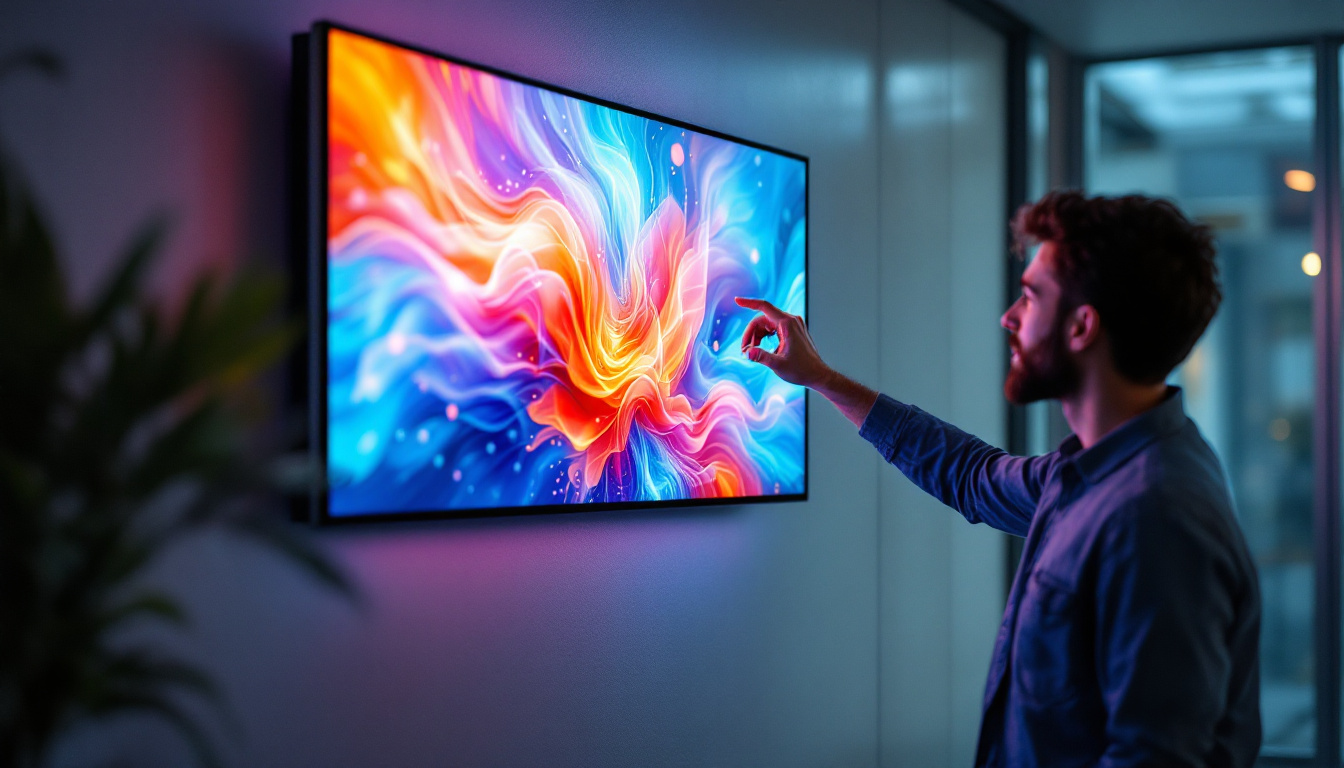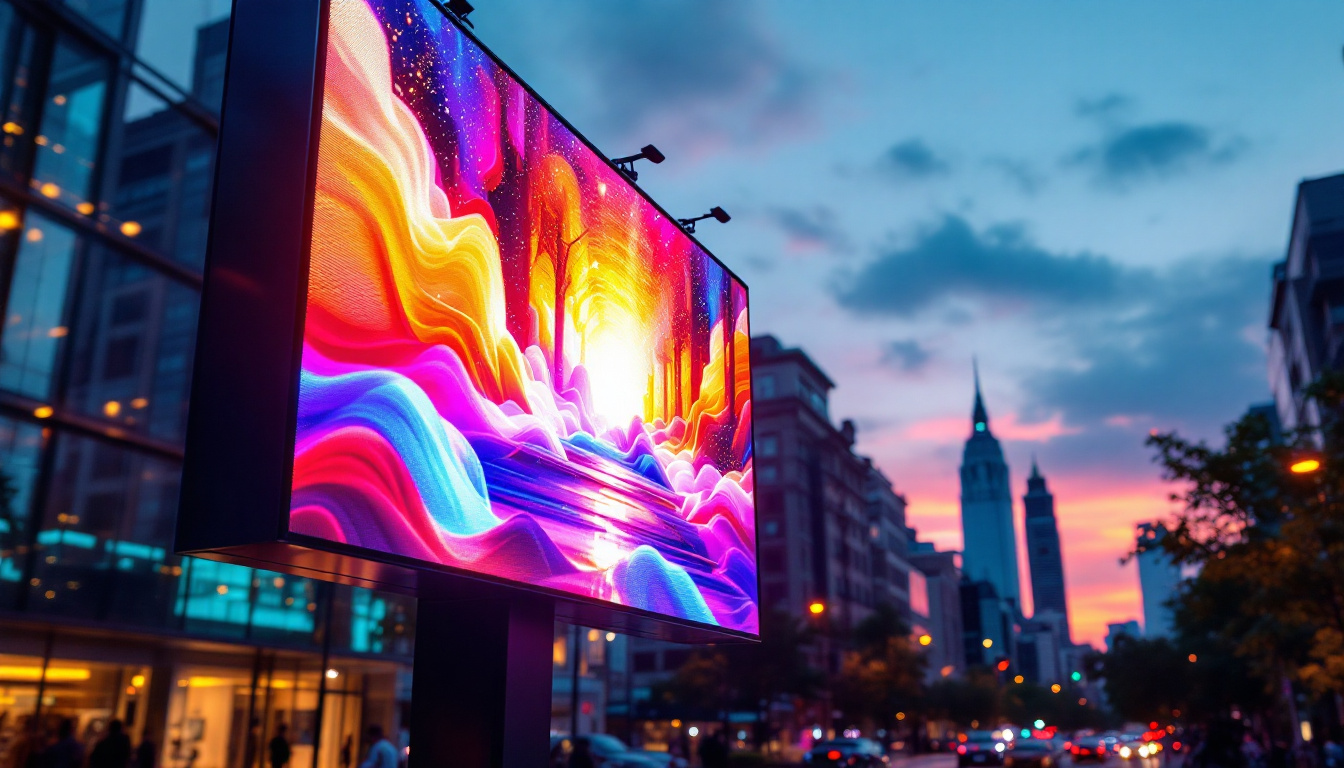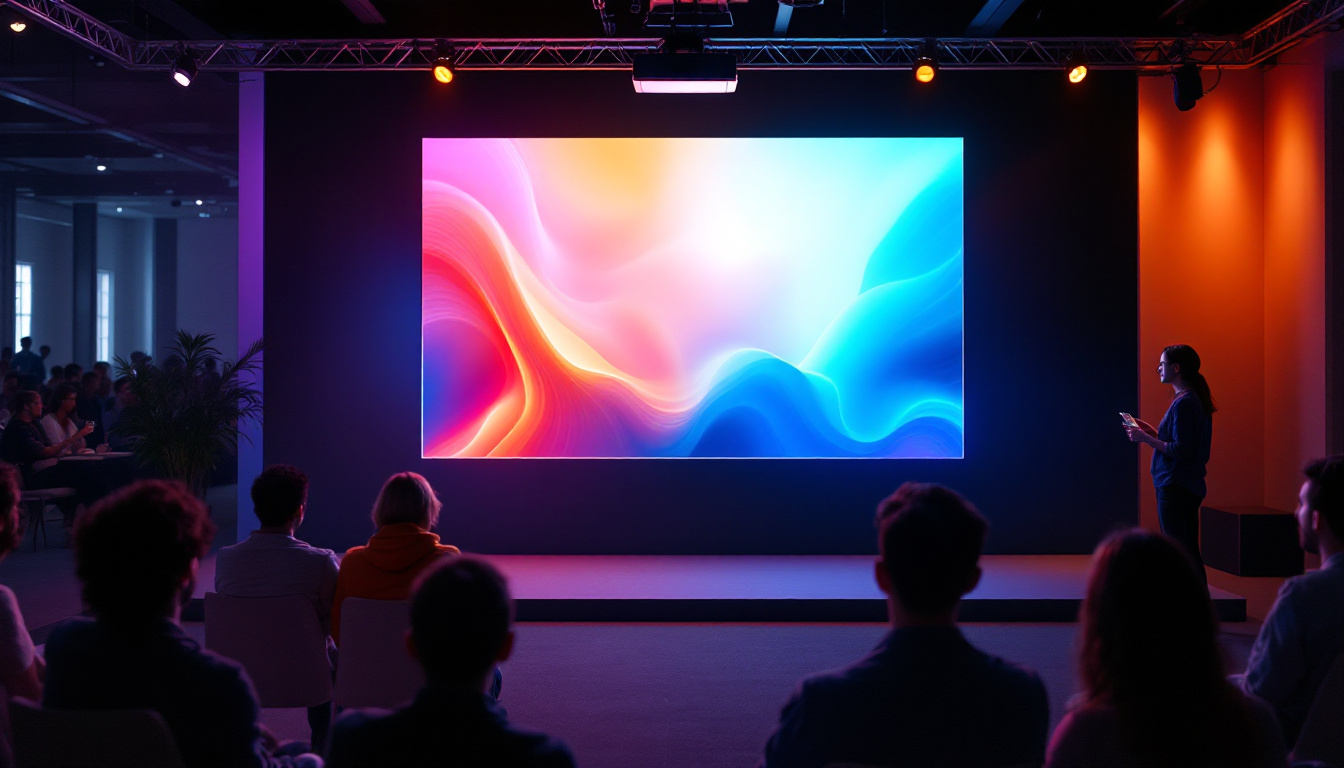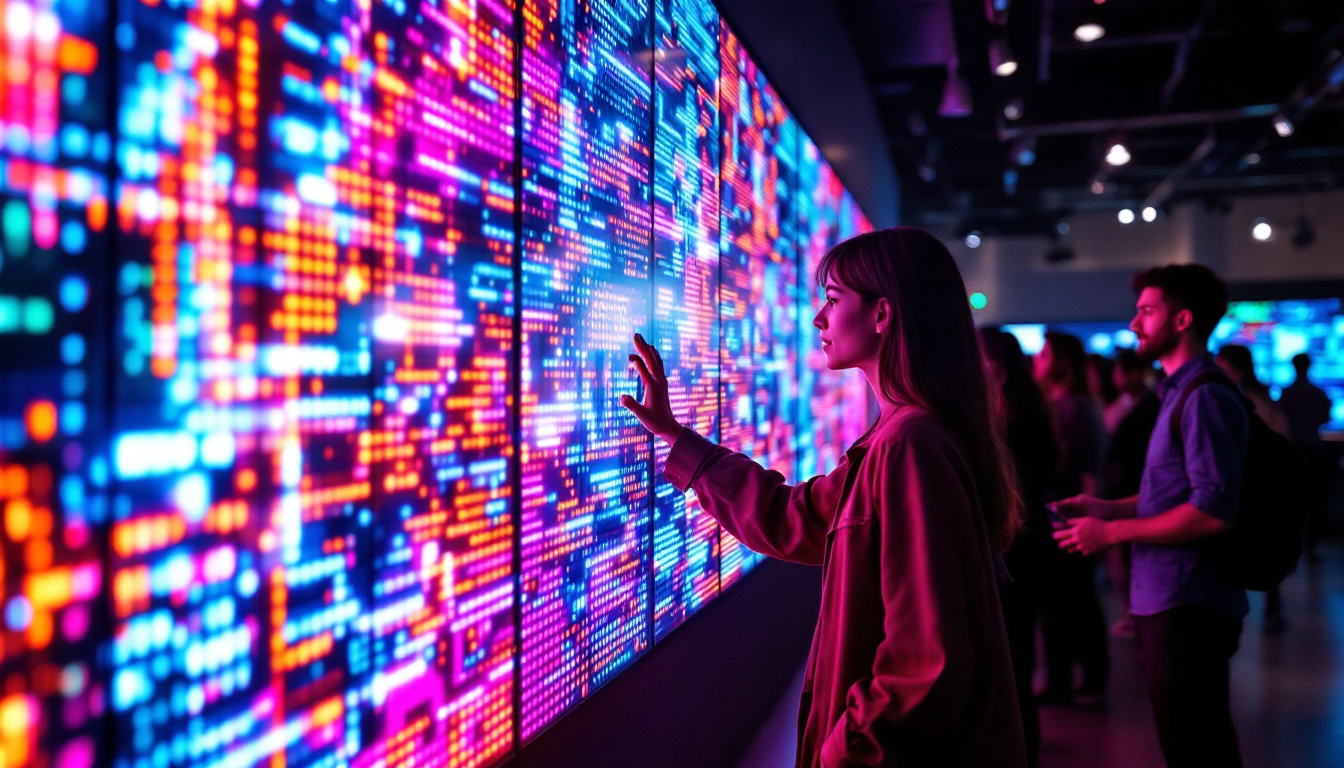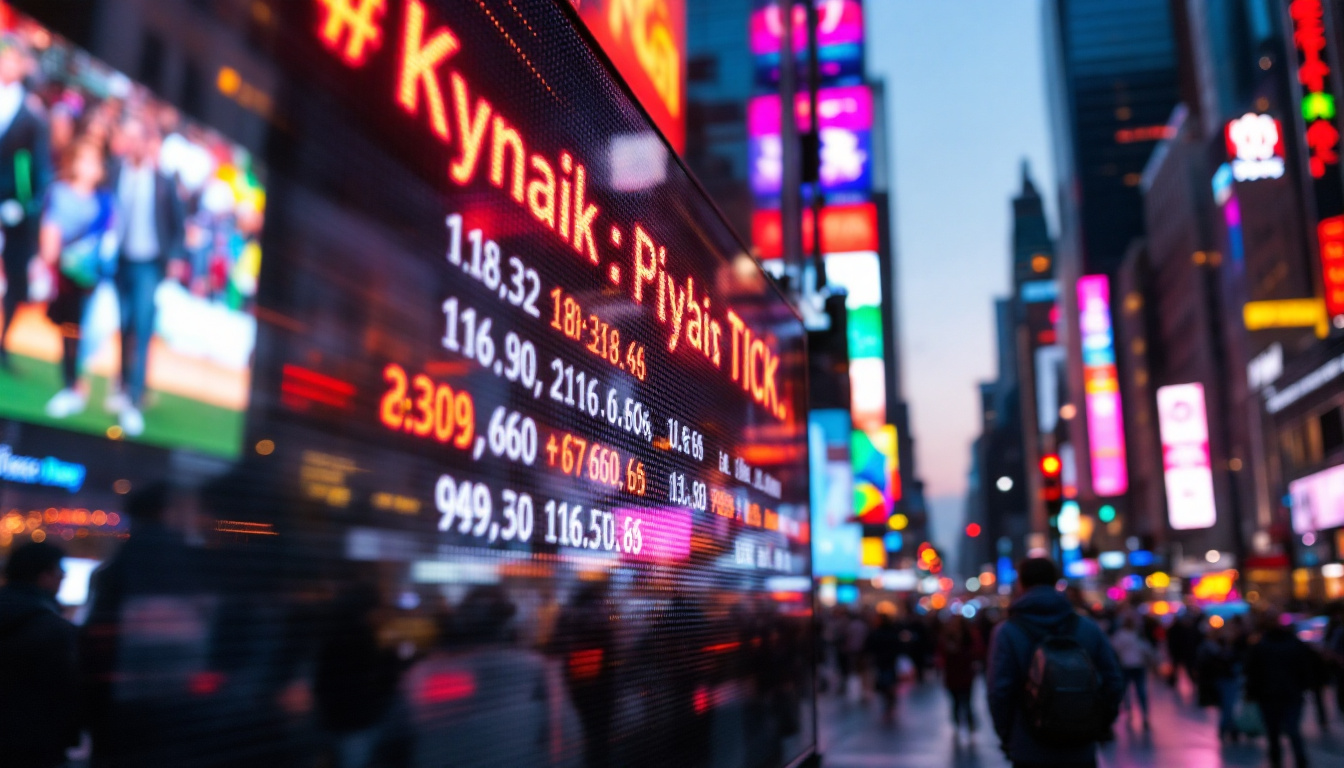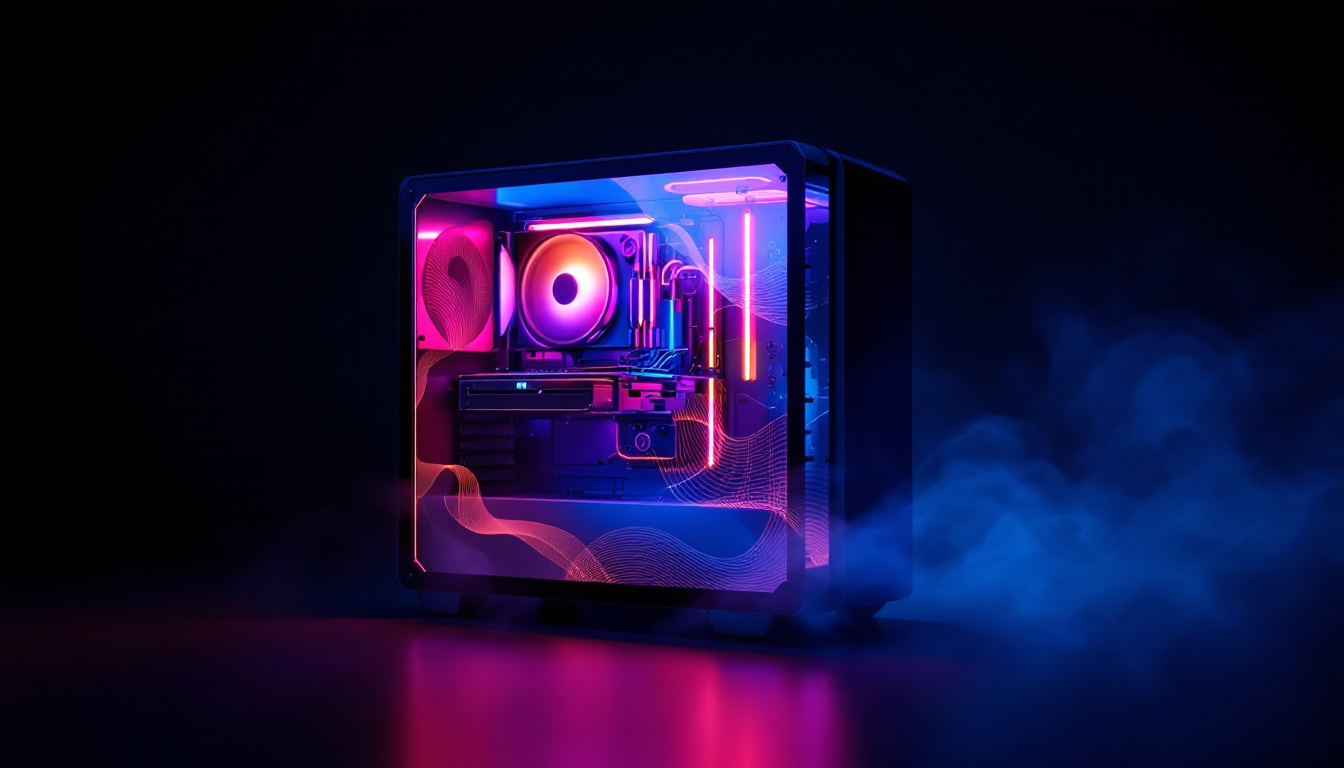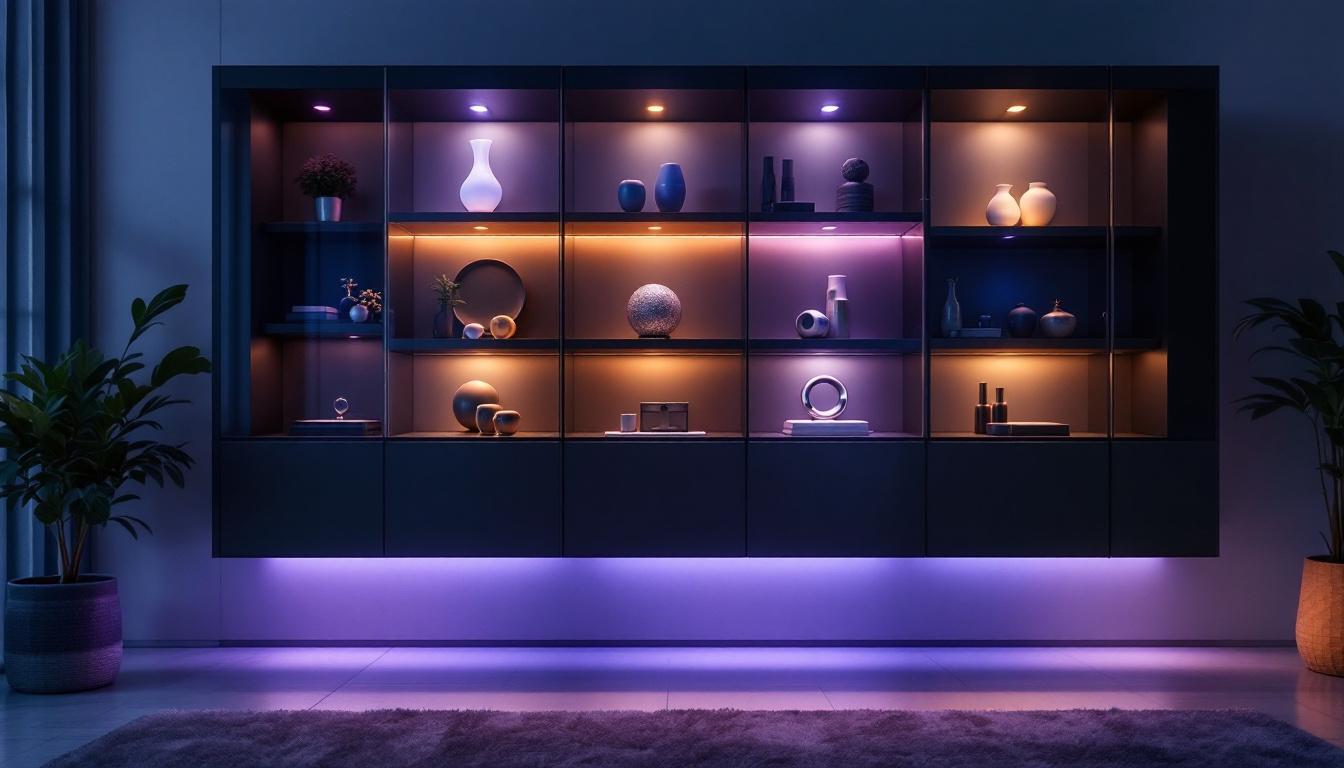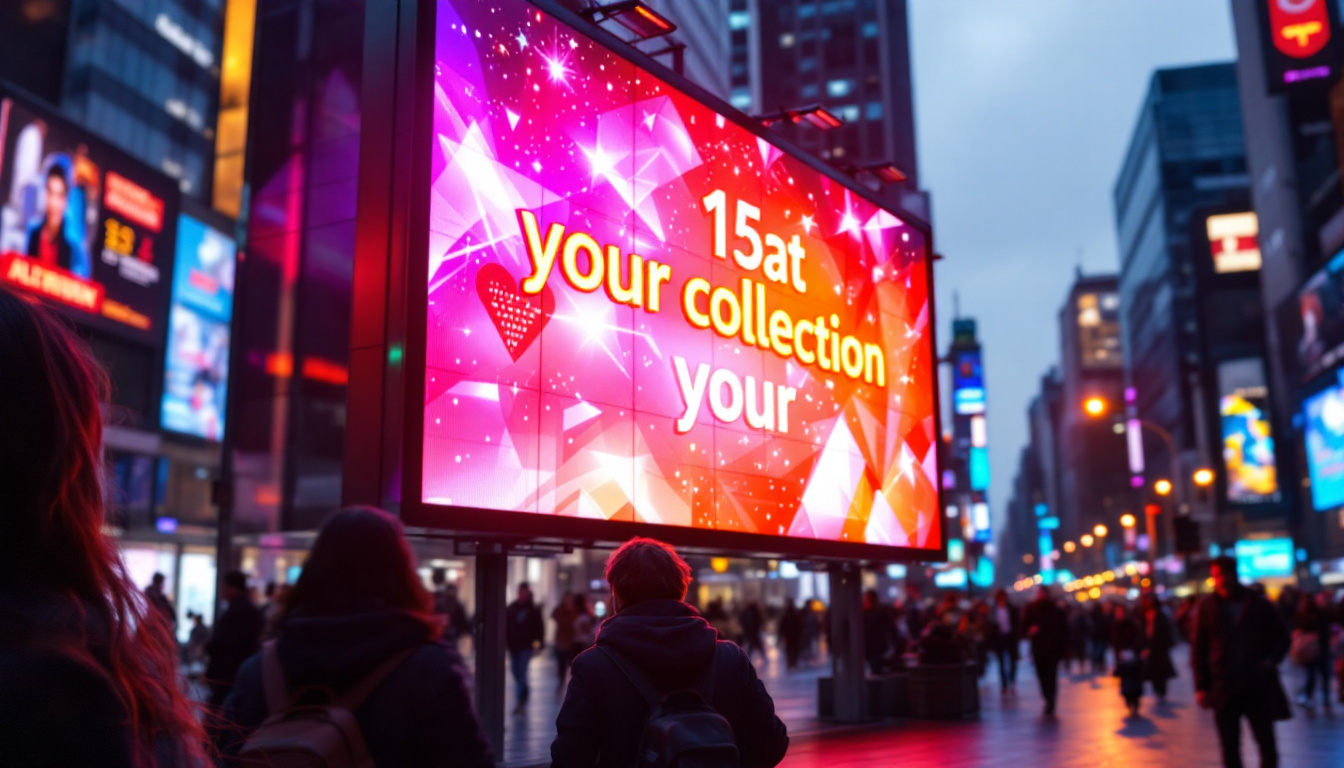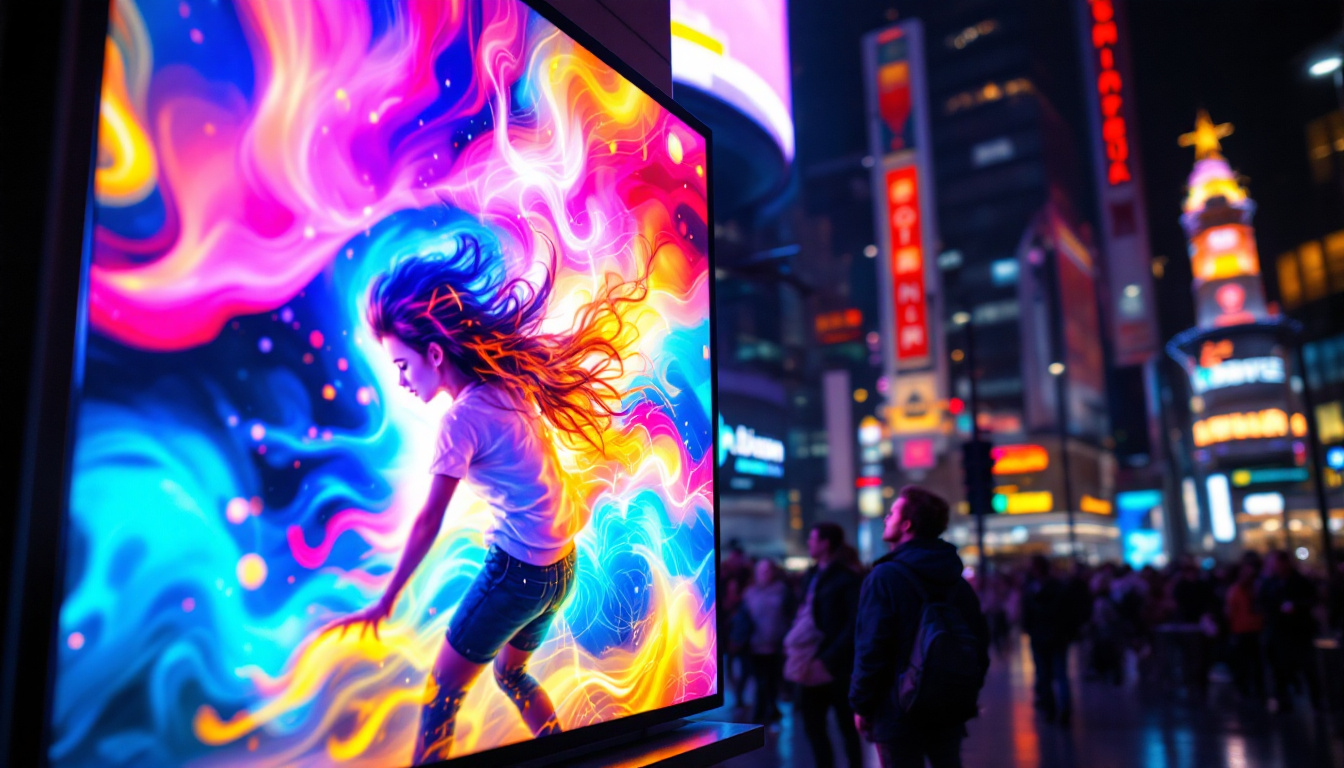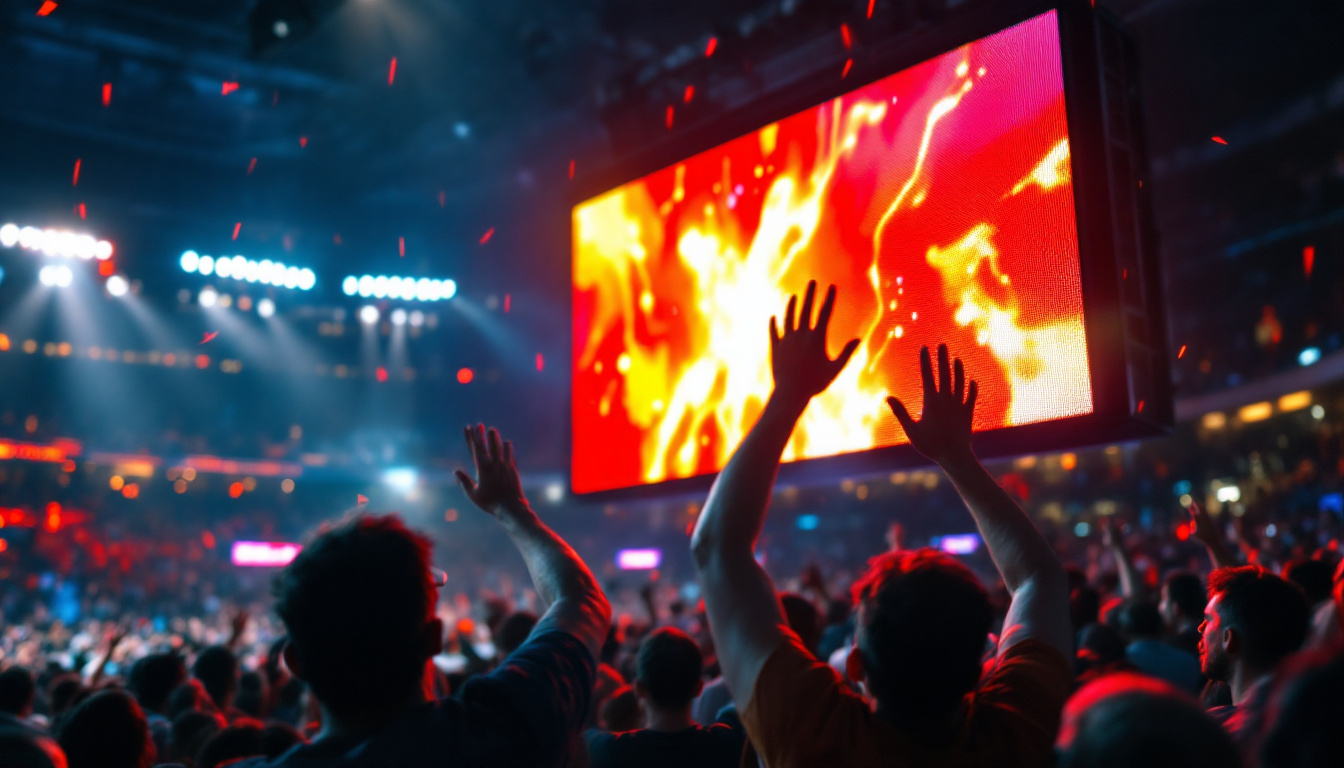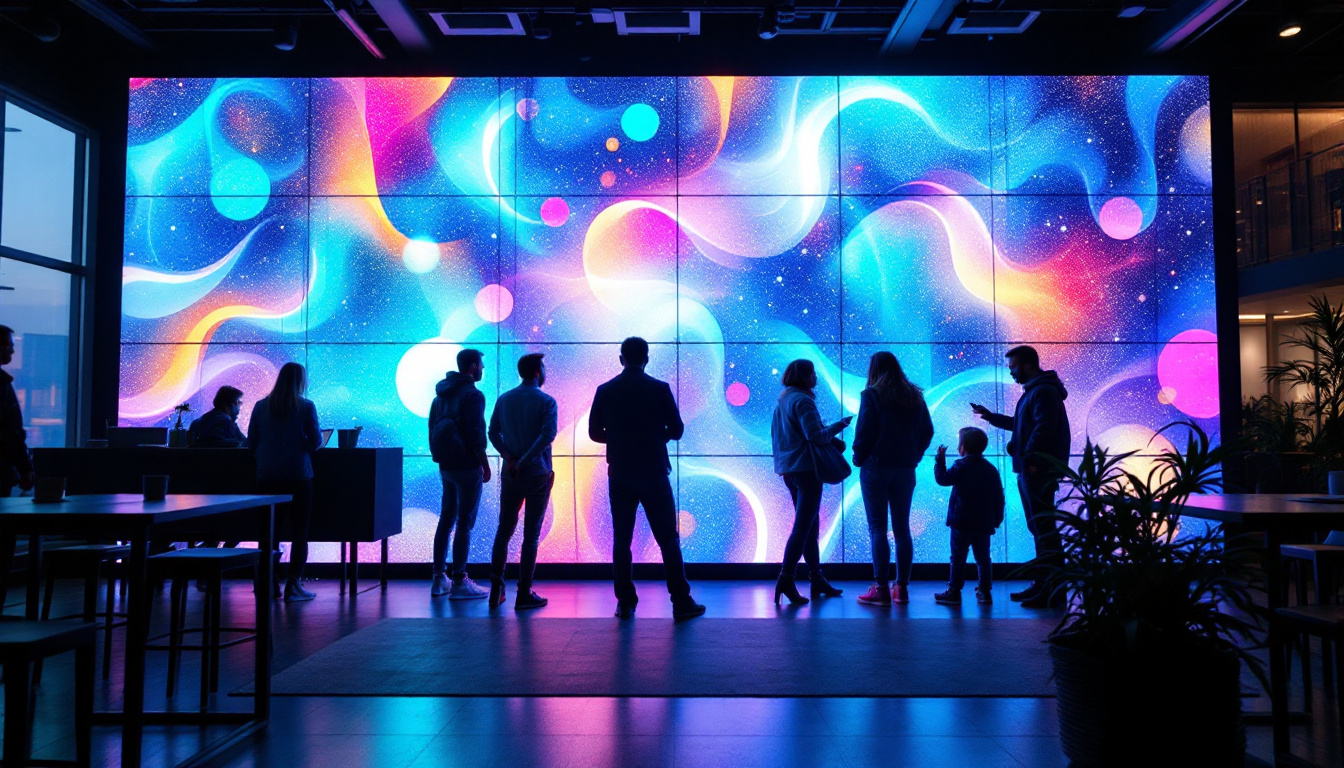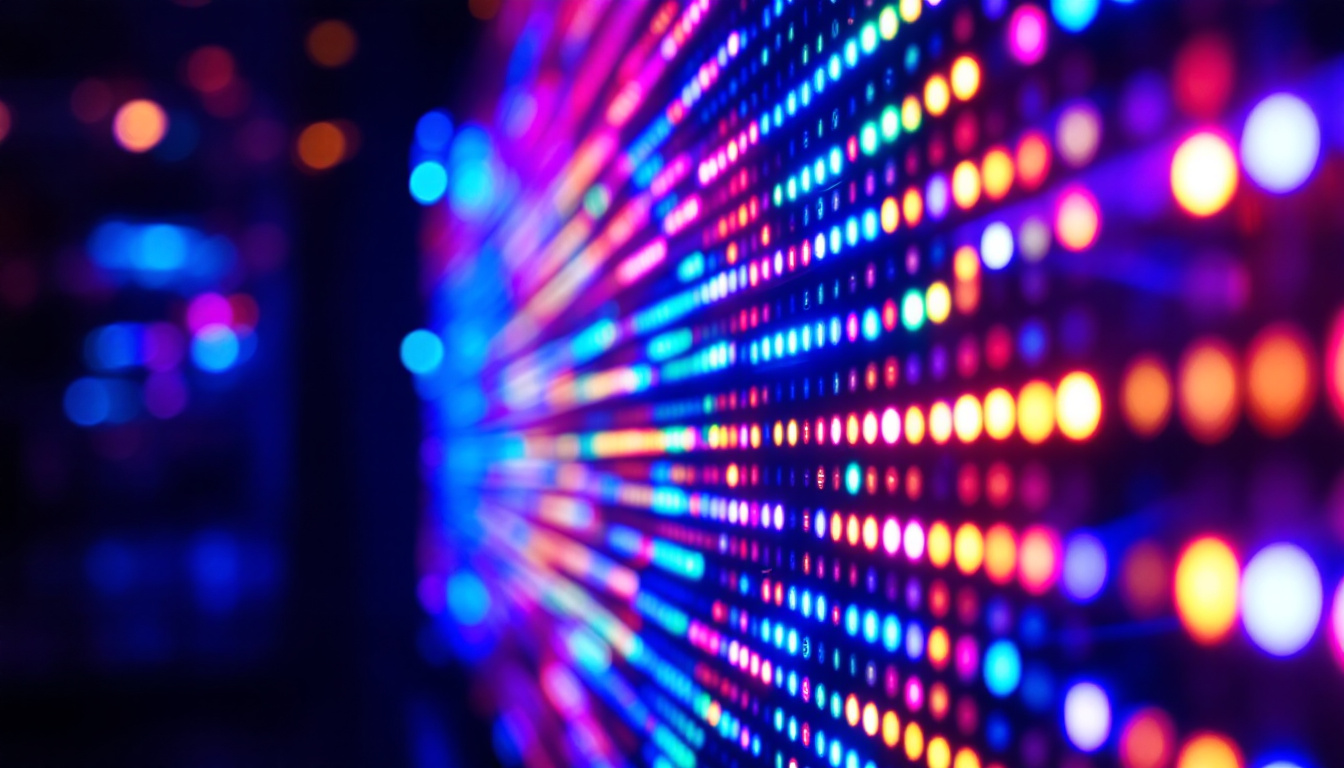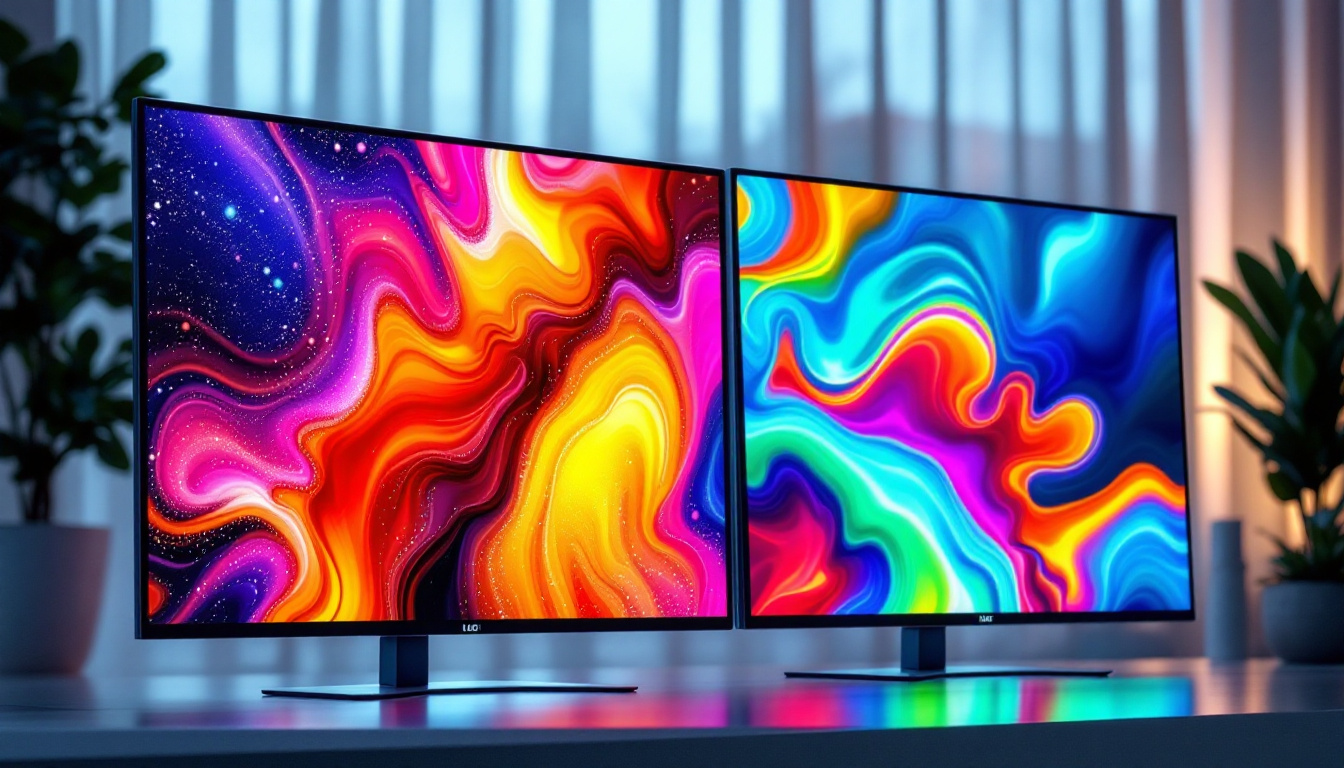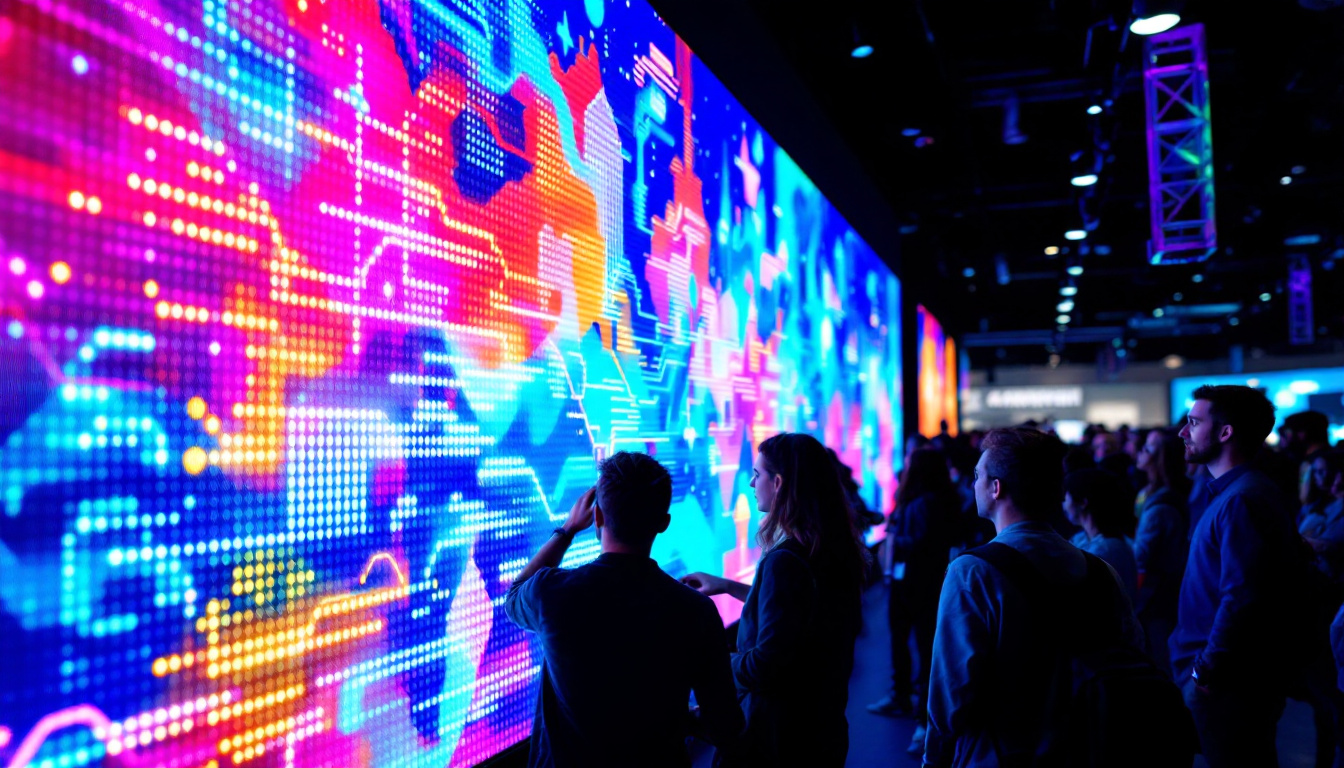In an era where technology continues to redefine the boundaries of creativity and communication, LED displays have emerged as a powerful tool in various fields. From advertising to entertainment, these vibrant screens have transformed the way information is presented and consumed. This article delves into the concept of virtual walls and explores the intricacies of LED display technology, its applications, and future prospects.
Understanding LED Displays
LED, or Light Emitting Diode, displays are a type of flat panel display that uses LEDs as pixels to produce images. Unlike traditional displays that rely on liquid crystals or cathode ray tubes, LED technology offers enhanced brightness, energy efficiency, and a broader color spectrum. The fundamental principle behind LED displays is relatively simple: when an electric current passes through the semiconductor material of the diode, it emits light. This technology has revolutionized the visual display landscape, making it possible to create thinner, lighter, and more vibrant screens that can be utilized in a variety of settings.
Types of LED Displays
LED displays can be categorized into several types, each designed for specific applications. The most common types include:
- Direct View LED Displays: These displays consist of individual LEDs arranged in a grid, allowing for high brightness and visibility even in direct sunlight. They are commonly used for outdoor advertising and large-scale installations, such as stadium screens and billboards, where visibility from a distance is crucial.
- LED Backlit Displays: These displays use LEDs as a backlight for LCD panels. They provide improved contrast ratios and color accuracy compared to traditional backlit displays. This technology is prevalent in televisions and computer monitors, enhancing the viewing experience by delivering deeper blacks and more vibrant colors.
- Organic LED (OLED) Displays: OLED technology utilizes organic compounds to emit light, resulting in deeper blacks and a wider viewing angle. These displays are often found in high-end televisions and smartphones, where their ability to produce true blacks and vivid colors is particularly valued by consumers.
How LED Displays Work
At the core of LED display technology is the arrangement of pixels. Each pixel is made up of red, green, and blue (RGB) subpixels. By varying the intensity of each subpixel, a wide range of colors can be produced. The combination of these colors creates the images seen on the screen. This pixel arrangement allows for high-definition visuals, making LED displays ideal for applications that require sharp image quality, such as gaming and professional video editing.
Furthermore, LED displays can be controlled through various methods, including software that allows for dynamic content changes. This flexibility is what makes LED displays particularly appealing for marketing and event purposes, as they can easily adapt to different messages and themes. For instance, during live events, LED screens can display real-time information, advertisements, or even social media feeds, creating an interactive experience for the audience. As technology continues to advance, the integration of smart features, such as touch sensitivity and augmented reality capabilities, is also becoming more prevalent, further enhancing the versatility of LED displays in various environments.
The Concept of Virtual Walls
Virtual walls refer to large-scale LED displays that create immersive environments, often used in exhibitions, concerts, and corporate events. These displays can be configured to form seamless images or videos, effectively transforming a space into a dynamic visual experience. With advancements in technology, virtual walls have evolved to include interactive features, allowing viewers to engage with the content in real-time, further enhancing the immersive experience.
Applications of Virtual Walls
The applications of virtual walls are vast and varied. They can be found in numerous settings, including:
- Corporate Events: Companies utilize virtual walls to showcase branding, product launches, and presentations in a visually engaging manner. The ability to display high-quality graphics and videos captivates audiences and enhances the overall experience. Additionally, these displays can be tailored to reflect the company’s identity, using colors, logos, and themes that resonate with the brand’s message.
- Concerts and Festivals: In the entertainment industry, virtual walls serve as backdrops for performances, creating a captivating atmosphere. They can synchronize with music and lighting effects, elevating the audience’s experience. Beyond just visuals, some virtual walls can incorporate live feeds or social media interactions, allowing fans to see their posts featured in real-time during the event.
- Retail Spaces: Retailers leverage virtual walls to create eye-catching displays that attract customers. These dynamic installations can be used to promote sales, new products, or brand stories, ultimately driving foot traffic and sales. Furthermore, virtual walls can be programmed to change according to the time of day or season, ensuring that the content remains relevant and engaging throughout the year.
Benefits of Using Virtual Walls
The advantages of integrating virtual walls into various environments are significant. Some key benefits include:
- Enhanced Engagement: The visual appeal of virtual walls captures attention and engages viewers more effectively than static displays. This engagement can lead to increased interest and interaction. Studies have shown that environments featuring dynamic visuals can improve information retention, making virtual walls an effective tool for education and training as well.
- Flexibility: Virtual walls can be easily updated with new content, allowing for real-time changes that keep the display fresh and relevant. This adaptability is particularly beneficial for marketing campaigns. For instance, businesses can quickly respond to trends or customer feedback, ensuring that their messaging remains timely and impactful.
- Immersive Experience: By creating a visually stunning environment, virtual walls can transport audiences into different worlds, enhancing experiences at events, exhibitions, and retail spaces. The use of 3D graphics and augmented reality elements can further deepen the immersive quality, allowing viewers to interact with the display in innovative ways, such as using their smartphones to unlock additional content or experiences.
Technical Aspects of LED Displays
Understanding the technical aspects of LED displays is crucial for appreciating their capabilities and limitations. Several factors contribute to the performance and quality of an LED display, including pixel pitch, brightness, and resolution.
Pixel Pitch
Pixel pitch refers to the distance between the centers of two adjacent pixels. A smaller pixel pitch results in higher resolution and better image quality, making it ideal for applications where viewers are close to the display. Conversely, larger pixel pitches are suitable for outdoor displays viewed from a distance.
Brightness and Contrast
Brightness is measured in nits, and it determines how well a display performs in various lighting conditions. High brightness levels are essential for outdoor displays to ensure visibility in sunlight. Contrast ratio, on the other hand, measures the difference between the darkest and brightest parts of an image. A higher contrast ratio leads to more vibrant colors and clearer images.
Resolution
Resolution is a critical factor that affects image quality. It is defined by the number of pixels in each dimension that can be displayed. Higher resolutions provide more detail, making them suitable for applications requiring intricate visuals. As technology advances, the demand for higher resolutions continues to grow, pushing manufacturers to innovate.
Challenges and Considerations
While LED displays and virtual walls offer numerous benefits, there are also challenges and considerations to keep in mind. Addressing these issues is vital for maximizing the effectiveness of these technologies.
Cost Factors
The initial investment for LED displays can be significant, especially for high-quality virtual walls. Businesses must weigh the costs against the potential return on investment. However, as technology evolves, prices are gradually decreasing, making LED displays more accessible.
Maintenance and Lifespan
Regular maintenance is essential to ensure optimal performance and longevity of LED displays. Dust, moisture, and other environmental factors can affect their functionality. Proper care and timely repairs can extend the lifespan of these displays, making them a worthwhile investment.
Content Management
Managing content for virtual walls can be complex, especially when dealing with dynamic displays that require frequent updates. Businesses need to invest in content management systems that allow for easy scheduling and customization of content. This ensures that the display remains relevant and engaging for viewers.
The Future of LED Displays and Virtual Walls
The future of LED displays and virtual walls looks promising, with ongoing advancements in technology paving the way for even more innovative applications. As the demand for immersive experiences grows, manufacturers are continuously exploring new ways to enhance display capabilities.
Emerging Technologies
Several emerging technologies are set to revolutionize the LED display landscape. For instance, microLED technology offers the potential for even smaller pixel pitches, resulting in higher resolutions and improved color accuracy. Additionally, advancements in artificial intelligence and machine learning can enable more personalized and interactive content, further enhancing viewer engagement.
Sustainability Initiatives
As environmental concerns become more prominent, the industry is also focusing on sustainability. Manufacturers are exploring eco-friendly materials and energy-efficient designs to reduce the carbon footprint of LED displays. This shift towards sustainability not only benefits the environment but also appeals to consumers who prioritize eco-conscious products.
Integration with Augmented and Virtual Reality
The convergence of LED displays with augmented reality (AR) and virtual reality (VR) technologies is another exciting prospect. By integrating these technologies, businesses can create truly immersive experiences that blur the lines between the digital and physical worlds. This integration has the potential to transform industries such as education, healthcare, and entertainment.
Conclusion
LED displays and virtual walls represent a significant advancement in visual technology, offering unparalleled opportunities for engagement and creativity. As industries continue to embrace these innovations, understanding their capabilities and challenges becomes essential. The future holds immense potential for LED displays, with advancements in technology and sustainability paving the way for even more exciting applications. Whether in advertising, entertainment, or corporate settings, virtual walls will undoubtedly play a pivotal role in shaping how information is presented and experienced.
Discover LumenMatrix LED Display Solutions
Ready to elevate your visual experience and captivate your audience with cutting-edge LED technology? Explore LumenMatrix’s comprehensive range of LED display modules, from vibrant Indoor and Outdoor LED Wall Displays to innovative solutions like Vehicle LED Displays, LED Posters, and Transparent LED Displays. Embrace the future of visual communication with LumenMatrix’s commitment to excellence and sustainability. Check out LumenMatrix LED Display Solutions today and transform your space into a dynamic visual masterpiece.

